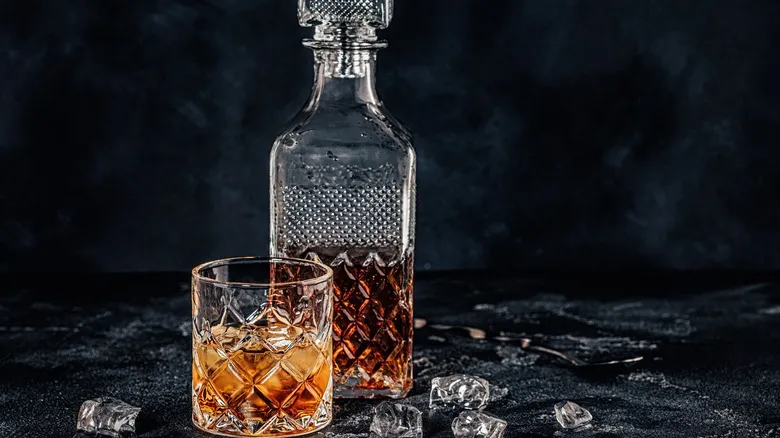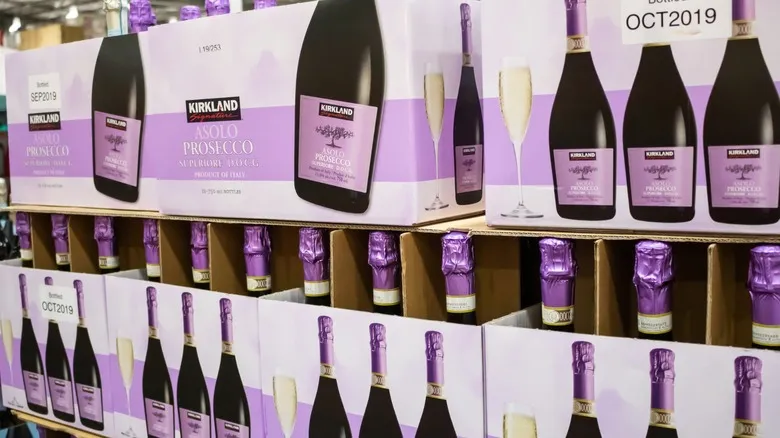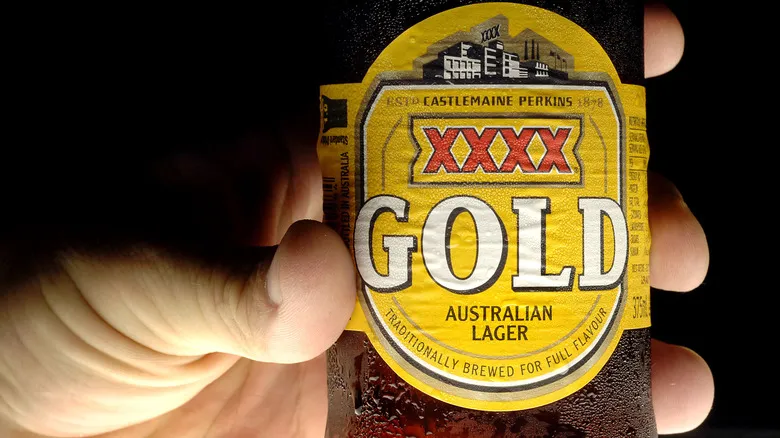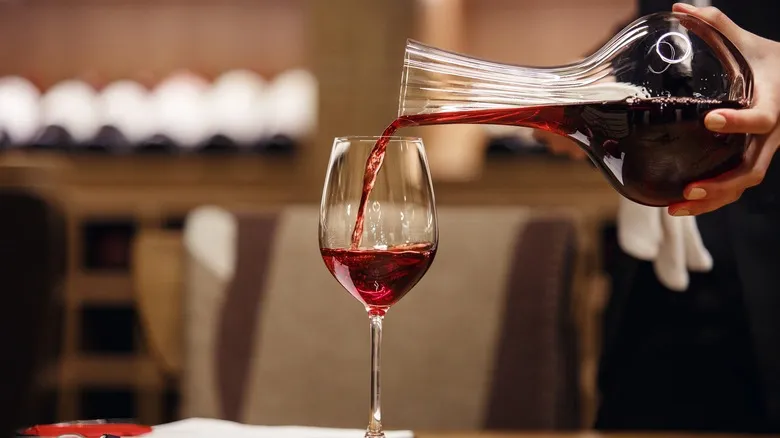How wine decanters work

Decanter-shaped vessels for pouring have their origins in the Roman Empire, as noted in Jancis Robinson's 2006 publication, "The Oxford Companion to Wine." However, their contemporary purposes became more defined during the 17th and 18th centuries, coinciding with advancements in winemaking and the surrounding culture. The shaft-and-globe style decanter, which is among the most favored designs today, emerged around 1730. This design is intended to enhance the surface area of a wine bottle (by filling only a portion of the broad, globe-shaped base), allowing the wine to interact with air. Allowing a wine to breathe, or take in ambient oxygen, is believed to soften a tight wine, resulting in a smoother, more velvety mouthfeel and mellowing some of the harsher tannins found in red wines. Essentially, many enthusiasts feel that this process can make a young wine taste as if it has been aged for a longer period.
Another purpose of a decanter is reflected in its name: certain wines, particularly red wines that have been aged in barrels and then in bottles for extended periods, can develop sediment that may be unappealing or bitter. In the past, before wines were clarified (filtered prior to bottling), most red wines and many whites required decanting to enhance their drinkability. However, most commercially available wines today do not face this issue. Currently, some natural wines and many older wines (those aged 10 years or more) may still contain sediment that can accumulate as they continue to age in the bottle.
When a decanter is actually necessary

There is considerable discussion among wine enthusiasts regarding the importance of decanting (or more accurately, aerating) wine to allow it to breathe. For most wines we consume, aeration has its limits and can often be achieved simply by swirling the glass before taking a sip. However, there are occasions when using a decanter is particularly beneficial.
When serving a large quantity of wine, using a sizable decanter can save time and enhance the presentation. Some decanters can accommodate the equivalent of two or three 750ml bottles. Just ensure that the person pouring is comfortable with the volume, and keep in mind that certain long-neck designs require a careful tilt and slow pour to allow air in without spilling too much wine at once.
For very old wines, especially those that have been aging in your cellar for a decade or more, decanting is often necessary. Before opening, let the bottle stand upright for several hours or even a day to allow sediment to settle at the bottom. When ready to pour, tilt the bottle at an angle over the decanter, pouring slowly to avoid disturbing the sediment that has settled. Be sure to stop pouring before the last bit of liquid, as sediment tends to collect in the shoulder of the bottle. If you're unsure whether the wine has sediment (particularly with red wines in dark bottles), you can shine a candle or flashlight behind it to see the contents more clearly.
Wine versus whiskey decanters

Choosing a decanter can be quite perplexing due to the variety of shapes and sizes available. Some feature secure stoppers, while others have open pour spouts. Additionally, there are decanters specifically crafted for distilled spirits like whiskey, which differ significantly from those made for wine.
Whiskey decanters are designed for both storage and display, typically featuring straight sides that resemble elegant bottles rather than traditional decanting tools. The stoppers are meant to fit snugly to prevent evaporation and facilitate long-term storage. In contrast, wine decanters usually have a wider base compared to their necks (often referred to as the shaft and globe) and are intended for immediate use. While some wine decanters come with stoppers, many modern designs do not. If the stopper fits well, you can keep a decanter of wine on the counter for a day or two, in the refrigerator for several days, or ideally, transfer it into a smaller wine bottle to reduce oxygen exposure.
Both types of decanters are different from carafes, which are open-topped, straight-sided vessels meant for serving wine or cocktails right away. Individual carafes add a nice touch to gatherings, holding enough for two or three glasses of wine. They allow for some aeration and serve as an attractive alternative to leaving a full wine bottle on the table. Pour the first serving from the carafe, then leave it with your guests so they can refill their glasses as the meal or event continues.
Recommended

Why Costco's Kirkland Brand Prosecco Is A Big Deal

One Mistake To Resist When Pairing Wine With Salmon

Helpful Tips To Know That Will Save You Money On Wine

What Is XXXX Beer? Australia's Pride And Joy Explained
Next up

